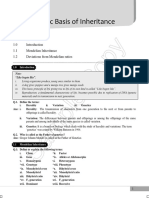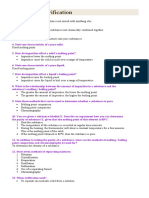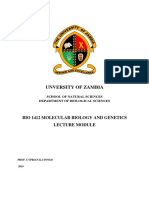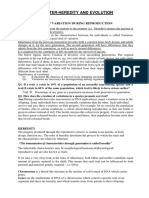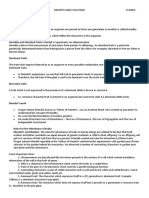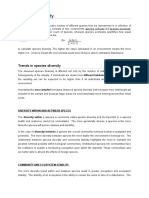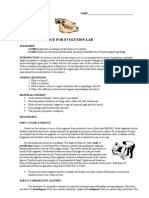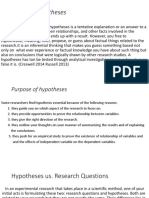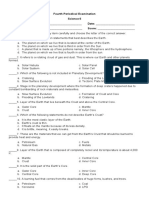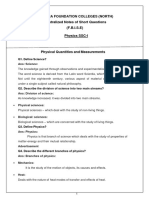0% found this document useful (0 votes)
79 views2 pagesExample of Variables in Scientific Experiments
The document provides examples of how independent and dependent variables are used in scientific experiments. The independent variable is the factor that is controlled or manipulated by the researcher, such as the amount of vitamin given or type of tutoring received. The dependent variable is the outcome measured that depends on or is influenced by the independent variable, such as life expectancy, test scores, or symptom frequency.
Uploaded by
Anonymous M0rMQi8M0hCopyright
© © All Rights Reserved
We take content rights seriously. If you suspect this is your content, claim it here.
Available Formats
Download as DOC, PDF, TXT or read online on Scribd
0% found this document useful (0 votes)
79 views2 pagesExample of Variables in Scientific Experiments
The document provides examples of how independent and dependent variables are used in scientific experiments. The independent variable is the factor that is controlled or manipulated by the researcher, such as the amount of vitamin given or type of tutoring received. The dependent variable is the outcome measured that depends on or is influenced by the independent variable, such as life expectancy, test scores, or symptom frequency.
Uploaded by
Anonymous M0rMQi8M0hCopyright
© © All Rights Reserved
We take content rights seriously. If you suspect this is your content, claim it here.
Available Formats
Download as DOC, PDF, TXT or read online on Scribd
/ 2
